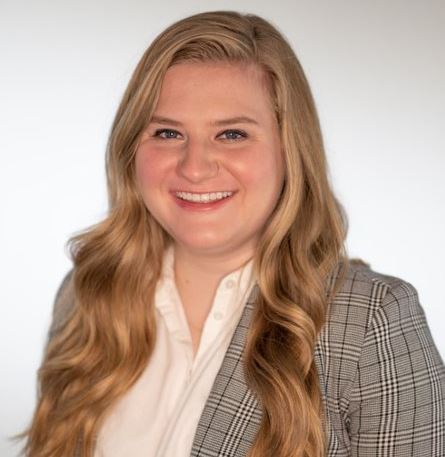
.png)
The picking process is one of the most time-consuming processes in the warehouse. A supply chain best practice is to implement Bin sequencing (sometimes called pick or location sequencing). This process eliminates extra steps workers take as they pick orders. When enabling this process in NetSuite with a mobile solution like RF-SMART, you get to determine the most efficient pick path for warehouse workers to travel by displaying bins in a specific order on the mobile device. Once you decide on your path through the warehouse, you can provide an order for those bins with 100% flexibility and control to your operations.
In the past, many warehouses have set up bins using alphanumeric sorting. However, an inflexible naming convention can become an obstacle as you expand your warehouse or add end caps to accommodate your growing inventory. Unfortunately, this can lead to non-sequential naming systems or major changes that disrupt your warehouse layout. As your NetSuite inventory expands, bin sequencing eliminates the need to re-label your warehouse every time you add new bins. Additionally, if you are new to a warehouse management system and your facility is already labeled, bin sequencing can easily accommodate the infrastructure you already have in place. Bin sequencing frees you from being chained to an alphanumeric sequence and instead allows you to fully customize your pick path with ease.
The goal of bin sequencing is to create only one pass down an aisle, picking as efficiently as possible. Imagine that you are in the grocery store: pasta is on the left and marinara sauce is on the right. You would not do one pass down the aisle to grab the spaghetti and turn around at the endcap to do another pass down the same aisle to pick up the sauce on your way back. Instead, you would save time by picking from both the left and the right. With bin sequencing, the picking order on your device is optimized to make one trip down the aisle while picking from bins on both sides in the most effective way possible.

We recommend using the Uniform Naming Convention (above). A uniform naming convention establishes a consistent pattern for bin numbers in your warehouse so that your pickers always know where bin-01 is on each aisle as they pick.
Depending on the facility, aisles may be 60 yards or longer and contribute to a lot of travel time. The distance your pickers are traveling can impact your labor productivity. With bin sequencing, you can serpentine down aisles - meaning your pickers will simply turn the corner to pick the next item on their list. Bin sequencing can minimize travel time, saving your pickers valuable time and effort.
If you are not currently utilizing bin sequencing in your facility, set up is easy.
If you are using RF-SMART without this feature, reach out to our team for help. You will simply use a CSV upload to update the bin record. Make sure the numeric sequence is on the bin and in the order you want. You will add the bin sequence to the picking sequence field on the bins. If you have bin sequence data, it will automatically be used.
If you are utilizing bin sequencing for the first time, here are some best practices to keep in mind as you get started:
Bin sequencing is a great first step to efficient picking. If you're ready to take your picking processes to the next level, RF-SMART's picking strategy tools can help eliminate paper in your facility. Our Pick Planner and Pick Manager functionalities can increase efficiency in how orders are organized, prioritized and assigned to your team.
Want to learn more about RF-SMART Picking Strategies?
Get a monthly recap of our latest Educational Content.
© 2025 RF-SMART. All rights reserved. Privacy Policy